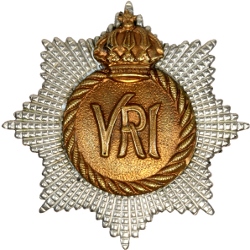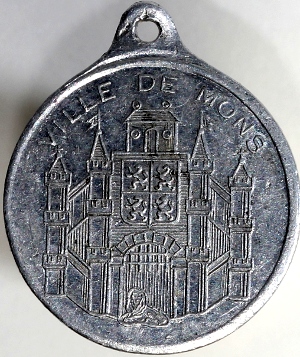Topic: The RCR
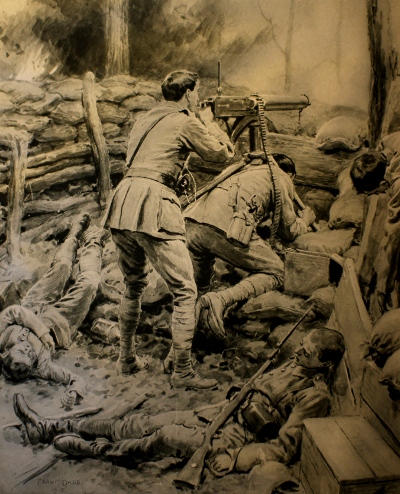 For most conspicuous bravery on 15th June, 1915, during the action at Givenchy. Lt. Campbell took two machine-guns over the parapet, arrived at the German first line with one gun, and maintained his position there, under very heavy rifle, machine-gun and bomb fire, notwithstanding the fact that almost the whole of his detachment had then been killed or wounded. When our supply of bombs had become exhausted, this officer advanced his gun still further to an exposed position, and, by firing about 1,000 rounds, succeeded in holding back the enemy's counter-attack. This very gallant officer was subsequently wounded, and has since died.
For most conspicuous bravery on 15th June, 1915, during the action at Givenchy. Lt. Campbell took two machine-guns over the parapet, arrived at the German first line with one gun, and maintained his position there, under very heavy rifle, machine-gun and bomb fire, notwithstanding the fact that almost the whole of his detachment had then been killed or wounded. When our supply of bombs had become exhausted, this officer advanced his gun still further to an exposed position, and, by firing about 1,000 rounds, succeeded in holding back the enemy's counter-attack. This very gallant officer was subsequently wounded, and has since died.
Thus reads the Victoria Cross citation published for Captain Frederick William Campbell of the 1st Canadian Infantry Battalion. (London Gazette, No. 29272, dated August 20, 1915)
A more detailed description of Campbell's VC action is found in Annals of Valour; Empire Day, Friday May 23rd, 1919 (pub by A.T. Wilgress, 1919) and is provided below:
The Battle of Givenchy
The last Victoria Cross of 1915 was won near the village of Givenchy in the Lens district, where, in 1917, many Canadians were to win the great distinction in the successful struggle for "Hill 70" and the mining suburbs of Lens.
The Battle of Givenchy in the middle of June, 1915, was one of the minor actions fought during that summer when the British armies were still only mustering, and the Allies were ill-equipped with artillery and munitions compared with the vast supplies which the enemy had in hand. The result was that what was gained by the dauntless courage of the British, was often speedily lost "owing to the weight of the enemy's gun-fire". In the case in point, the strong positions so gallantly won soon had to be abandoned.
On June 15th, the 7th (British) Division was detailed to drive the Germans from a strong position called "Stony Mountain", while the 1st Canadian Infantry Battalion was to cover the right flank of the attacking Division. This meant that the Canadians must, for their part, capture 150 yards of German front line running from "Stony Mountain" to another stronghold which they called "Dorchester".
On this occasion the British batteries began to bombard the enemy's positions late in the afternoon. At two minutes to six a mine was exploded close to the first German trench, and, while the air was still full of dust and smoke, the leading company of Canadians leaped out of their trenches, dashed across the seventy-five yards of No Man's Land despite the fierce machine-gun fire from "Stony Mountain", cleared the foe out of the "Dorchester" defences, and began to work their way toward the British on the left.
Captain Frederick William Campbell, V.C.
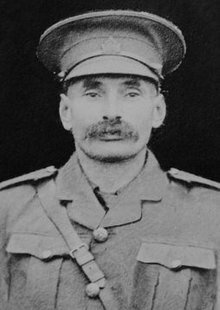 Captain F. W. Campbell. – A second wave of Canadians now surged across No Man's Land, and with it went a machine-gun officer. Lieutenant (acting-Captain) Campbell, with two guns and their crews.
Captain F. W. Campbell. – A second wave of Canadians now surged across No Man's Land, and with it went a machine-gun officer. Lieutenant (acting-Captain) Campbell, with two guns and their crews.
Campbell was quite a remarkable man. It chanced that this tumultuous day of battle, on which he was to win the little bronze cross "for valour", was his forty-seventh birthday. He was the first Canadian farmer to find a place on the roll of V.C.'s. He was also a veteran of South Africa (having served in a Maxim gun squad), and, consequently, was one of the comparatively few members of the Canadian Expeditionary Force who, before this great war, had "seen a cannon fired in anger”.
There is in the Citadel of Quebec a curious memento of Campbell's presence in South Africa, in the shape of the wheel of a 'gun-carriage fashioned out of the legs of a table from a Boer house. The gun-carriage had been struck by a shell at the Modder River; and the gun must have been abandoned had it not been for Campbell's ingenuity.
From his early youth he had been a member of the active militia, serving first as a private, and later becoming successively Lieutenant and Captain of the 30th Wellington Rifles. At the time of his birth, his father, Ephraim B. Campbell, was teaching a school in Oxford County. Six months later he moved to a farm in Normandy Township, Grey County; and thus his only boy was brought up to farm. Before his marriage the young man bought another farm near that of his father. He made a specialty of raising horses, and was a director of the Mount Forest Agricultural Society. But when the call to arms rang through the Empire, Campbell did not even wait to let the busy summer season go by, nor did he hold back on account of his three children – the eldest a boy of ten and the youngest a little girl of three.
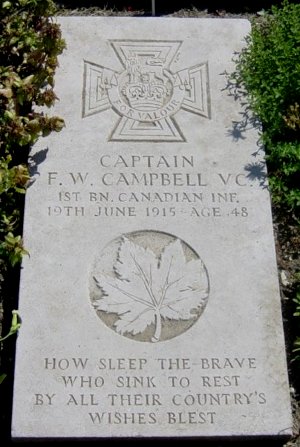 He went at once to Valcartier and was accepted for service as Lieutenant in the 1st (Western Ontario) Battalion. He sailed with the First Canadian Contingent on September 24th, 1914, and reached France in February, 1915. His Battalion took part in the awful fighting at Ypres, though it was in reserve at the beginning of the gas attack; and now he was celebrating his birthday in this fierce struggle at Givenchy.
He went at once to Valcartier and was accepted for service as Lieutenant in the 1st (Western Ontario) Battalion. He sailed with the First Canadian Contingent on September 24th, 1914, and reached France in February, 1915. His Battalion took part in the awful fighting at Ypres, though it was in reserve at the beginning of the gas attack; and now he was celebrating his birthday in this fierce struggle at Givenchy.
starting from the "jumping-off" trench with two machine-guns, as already stated, Lieutenant Campbell reached the German front trench with only one gun and a part of its crew. The whole crew of the other gun had been put out of action in the dash across the open. He pressed on along the trench toward "Stony Mountain", but was soon held at a block in the trench. Now he had but one man left. Private Vincent, but this big lumberman from Bracebridge proved a host in himself. When Campbell failed to find a suitable base for the gun, Vincent offered to support it with his broad back; and this enabled the Lieutenant to fire more than a thousand rounds upon the Germans who were massing to attack. Between them the gallant pair frustrated the enemy's schemes; but, as they were retiring, Campbell was seriously wounded, and four days later he died at No. "7" Stationary Hospital, Boulogne, leaving behind him a noble memory of courage, kindness, and cheerfulness. He was buried in a beautiful cemetery on a hill-top which sloped toward the sea and the little Island-Mother of the Empire that lay across the shining waters.
The 1st Canadian Infantry Battalion was perpetuated by the Canadian Fusiliers (City of London Regiment) (M.G.) after the First World War. On amalgamation with The Oxford Rifles and The Royal Canadian Regiment in the 1950s, this perpetuation, and the responsibility to honour and remembers all of that unit's achievements, passed to The RCR.
- Service Record of Frederick William Campbell, V.C. (pdf)
- Directorate of History and Heritage - Victoria Cross Bios - Frederick William Campbell
- Canadian Virtual War Memorial - Frederick William Campbell
- Wikipedia - Frederick William Campbell



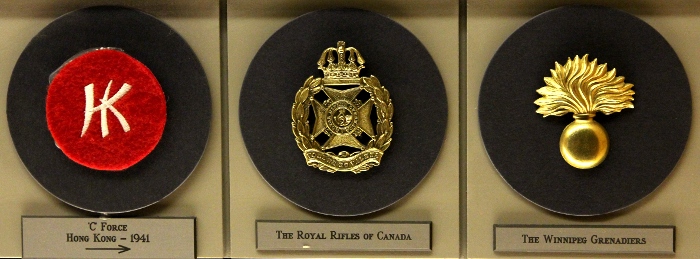
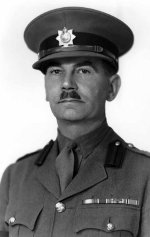 Brigadier John Kelburne Lawson
Brigadier John Kelburne Lawson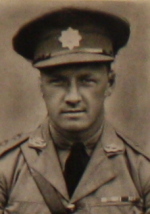 William James Home, M.C.
William James Home, M.C.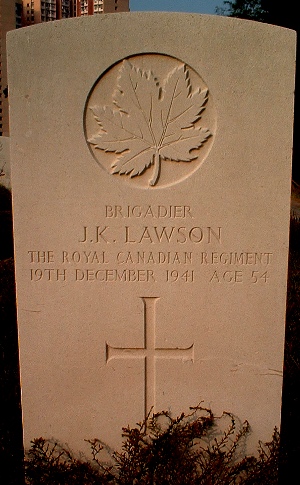 On 8 July 1940, the Royal Rifles of Canada (Quebec City) and the 7/XIth Hussars (Richmond) received authorization to mobilize as the 1st Battalion of the Royal Rifles of Canada. The first Commanding Officer was Lt. Colonel William James Home, M.C., E.D. The unit arrived in Hong Kong on 16 November 1941. On 8 December, Japanese forces attacked the British colony. Following ten days of continuous air and artillery bombardment, Japanese troops landed on the island during the night of 18-19 December. Despite a heroic battle to defend the island, the garrison surrendered on 25 December 1941. During the fighting, Lieutenant-Colonel W.J. Home, the commanding officer of the Royal Rifles, became the senior Canadian officer after the death of Brigadier Lawson.
On 8 July 1940, the Royal Rifles of Canada (Quebec City) and the 7/XIth Hussars (Richmond) received authorization to mobilize as the 1st Battalion of the Royal Rifles of Canada. The first Commanding Officer was Lt. Colonel William James Home, M.C., E.D. The unit arrived in Hong Kong on 16 November 1941. On 8 December, Japanese forces attacked the British colony. Following ten days of continuous air and artillery bombardment, Japanese troops landed on the island during the night of 18-19 December. Despite a heroic battle to defend the island, the garrison surrendered on 25 December 1941. During the fighting, Lieutenant-Colonel W.J. Home, the commanding officer of the Royal Rifles, became the senior Canadian officer after the death of Brigadier Lawson.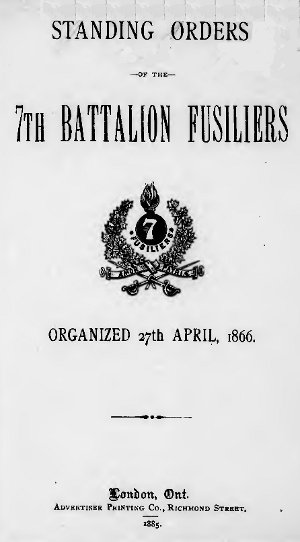 The 7th Fusiliers, which became the Canadian Fusiliers (City of London Regiment) (M.G.), was amalgamated with
The 7th Fusiliers, which became the Canadian Fusiliers (City of London Regiment) (M.G.), was amalgamated with 
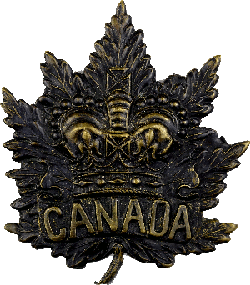
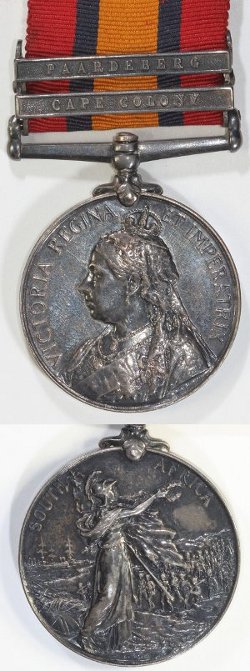


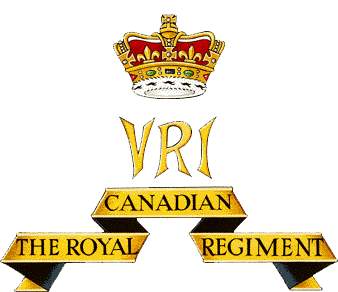
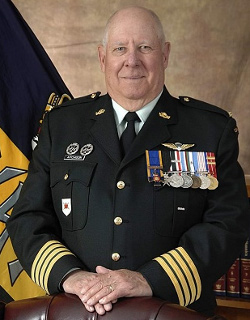 My predecessors will attest to the statement that the life of the Colonel of The Regiment is filled with "events", one of which I recently wrote about.
My predecessors will attest to the statement that the life of the Colonel of The Regiment is filled with "events", one of which I recently wrote about.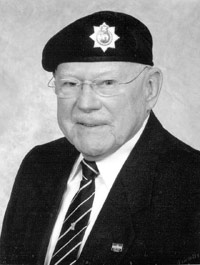 Let me "Fast Forward" to the events I listed at the opening of this piece and speak about each of them - again, not in the order I listed them.
Let me "Fast Forward" to the events I listed at the opening of this piece and speak about each of them - again, not in the order I listed them.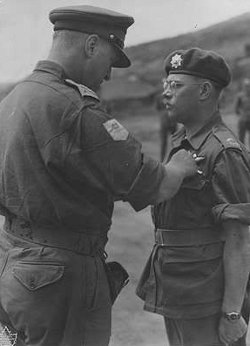 His "context" is that he was the Platoon Commander of 7 Platoon of Charlie Company of 3 RCR the night of 2-3 May 1953 - just over 60 years ago. It was Ed and the very brave men of his platoon who faced the
His "context" is that he was the Platoon Commander of 7 Platoon of Charlie Company of 3 RCR the night of 2-3 May 1953 - just over 60 years ago. It was Ed and the very brave men of his platoon who faced the 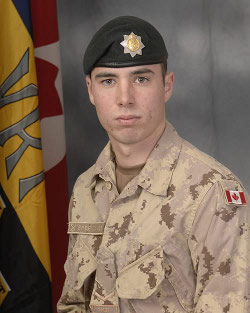 What's my point?
What's my point?
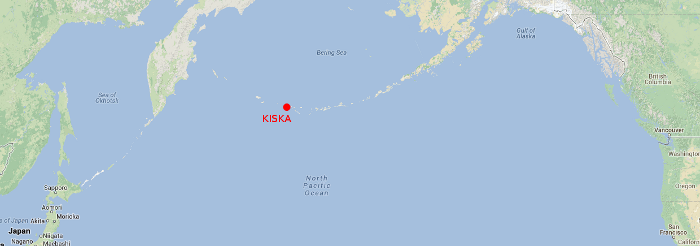
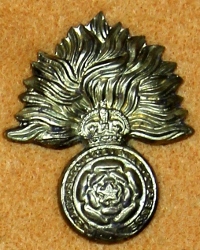 KISKA
KISKA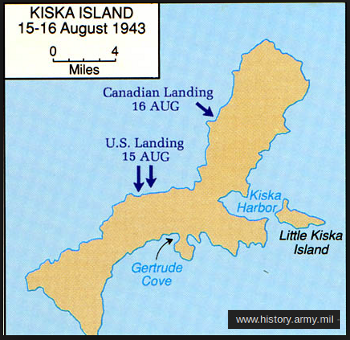 Bombing and blockade having proved inadequate means for evicting the Japanese from Attu and Kiska, the Americans in the spring of 1943 set about recovering the islands by ground assault. On 12 May United States troops landed on Attu, and one of the fiercest and nastiest battles of the war began. It ended in the complete annihilation of the Japanese defenders, who made their final Banzai charge on 28 May. They had numbered, as we have said, about 2500. The Americans took eleven prisoners; all the rest were killed in action or committed suicide. With Attu in Allied hands, the larger garrison in the more easterly island of Kiska was now in an extremely dangerous situation.
Bombing and blockade having proved inadequate means for evicting the Japanese from Attu and Kiska, the Americans in the spring of 1943 set about recovering the islands by ground assault. On 12 May United States troops landed on Attu, and one of the fiercest and nastiest battles of the war began. It ended in the complete annihilation of the Japanese defenders, who made their final Banzai charge on 28 May. They had numbered, as we have said, about 2500. The Americans took eleven prisoners; all the rest were killed in action or committed suicide. With Attu in Allied hands, the larger garrison in the more easterly island of Kiska was now in an extremely dangerous situation. 

 So much has happened in the past six months that it would be impossible to attempt to tell all.
So much has happened in the past six months that it would be impossible to attempt to tell all. Many members of
Many members of  In an appendix to the
In an appendix to the 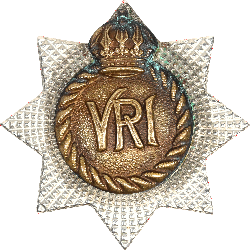 During the reign of
During the reign of  Sidney Pearson Leach
Sidney Pearson Leach


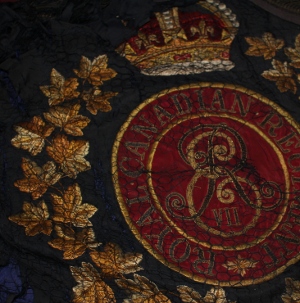 The Royal Canadian Regiment
The Royal Canadian Regiment
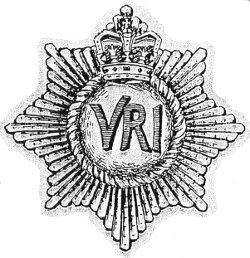 Connecting File, January, 1946
Connecting File, January, 1946
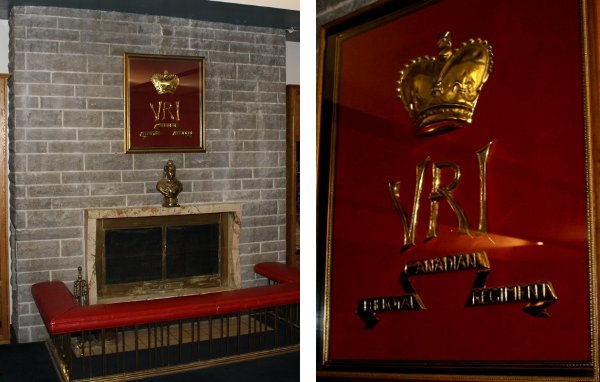
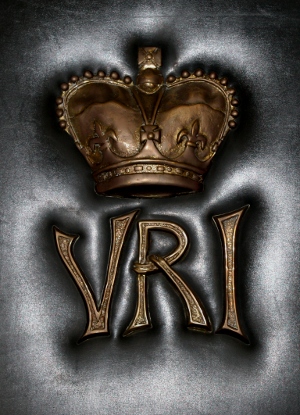
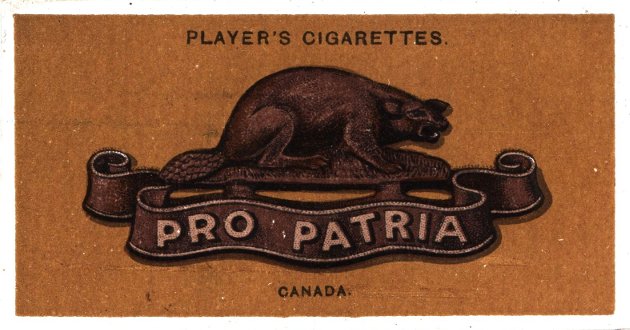
 The RCR would serve in France and Flanders from November 1915 until the end of the War and approximately 4800 Canadians would wear the Regiment's
The RCR would serve in France and Flanders from November 1915 until the end of the War and approximately 4800 Canadians would wear the Regiment's 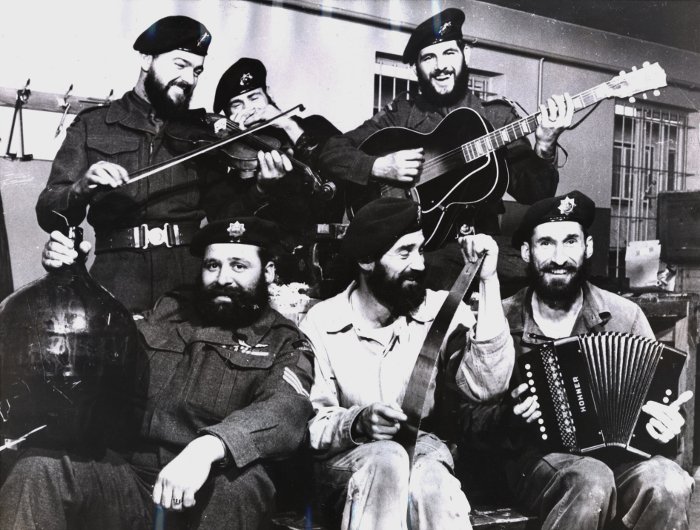
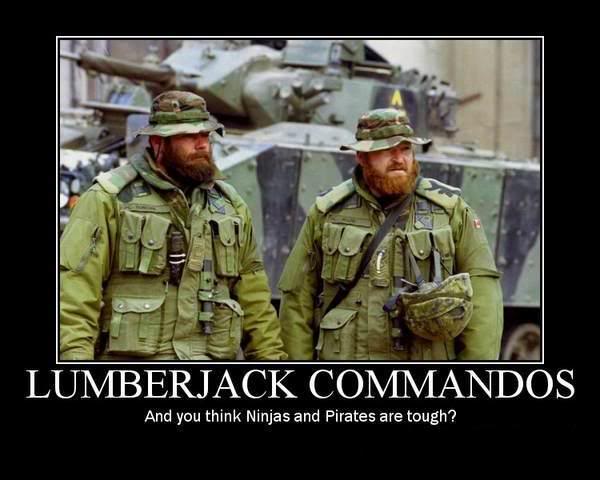
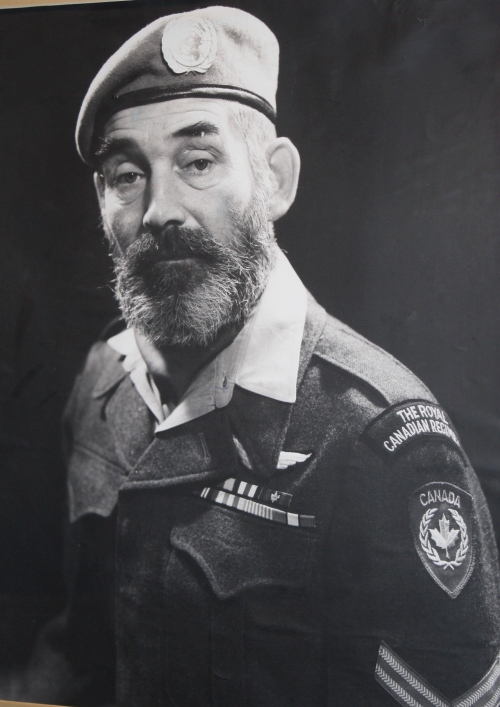
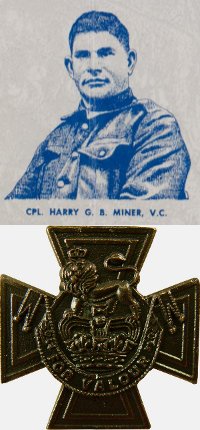 During the First World War,
During the First World War, 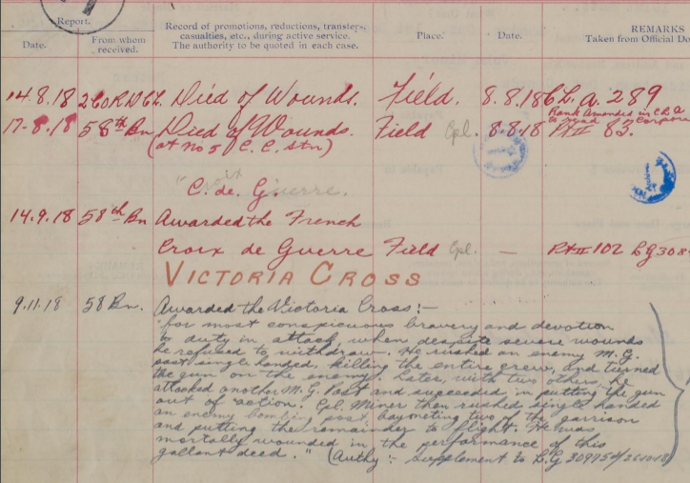

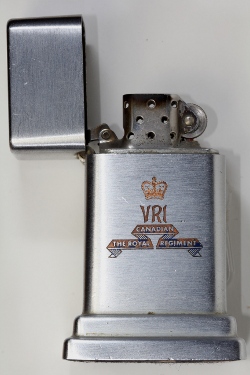 Twenty years ago, the Canadian Army, following Government direction, stopped smoking indoors. It may seem strange to many today who are too young to remember those days, but smoking was such an ingrained part of Canadian culture at the time that every office, every barrack room and every table in the messes featured an ashtray. Even for those who didn't smoke, the ready access to an ashtray needed to be provided for the many who did and expected the courtesy. Few items were more iconic than the ubiquitous round ashtrays in brown glass that were provided through the Canadian Forces Supply System, often seen overflowing with butts on the desks of heavy smokers.
Twenty years ago, the Canadian Army, following Government direction, stopped smoking indoors. It may seem strange to many today who are too young to remember those days, but smoking was such an ingrained part of Canadian culture at the time that every office, every barrack room and every table in the messes featured an ashtray. Even for those who didn't smoke, the ready access to an ashtray needed to be provided for the many who did and expected the courtesy. Few items were more iconic than the ubiquitous round ashtrays in brown glass that were provided through the Canadian Forces Supply System, often seen overflowing with butts on the desks of heavy smokers.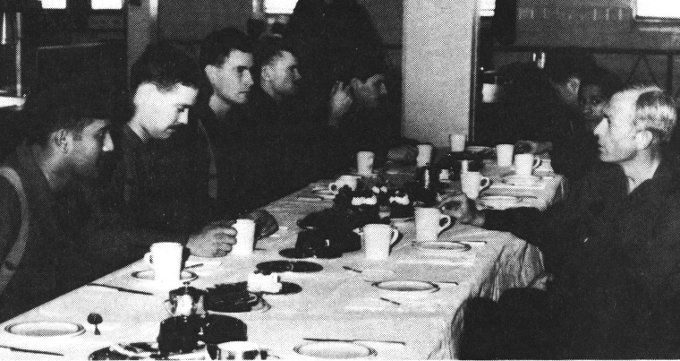
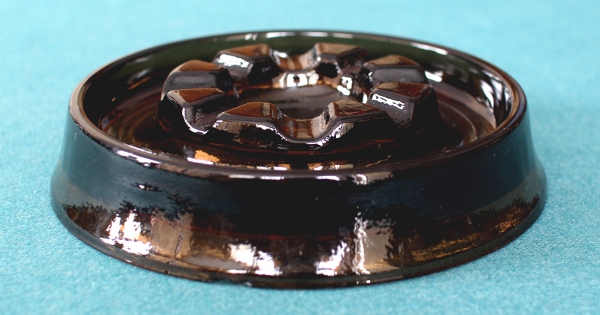
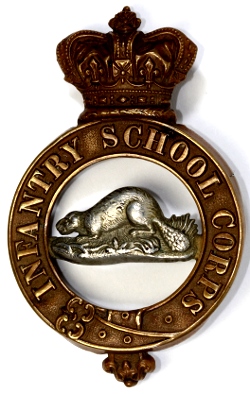 In December 1883, the Canadian Government authorized the creation of School Corps for the Infantry and Cavalry. The purpose of these schools was to maintain instructional cadres for the instruction of the Canadian Militia in a variety of skills. In time, the Cavalry School Corps would become the
In December 1883, the Canadian Government authorized the creation of School Corps for the Infantry and Cavalry. The purpose of these schools was to maintain instructional cadres for the instruction of the Canadian Militia in a variety of skills. In time, the Cavalry School Corps would become the 